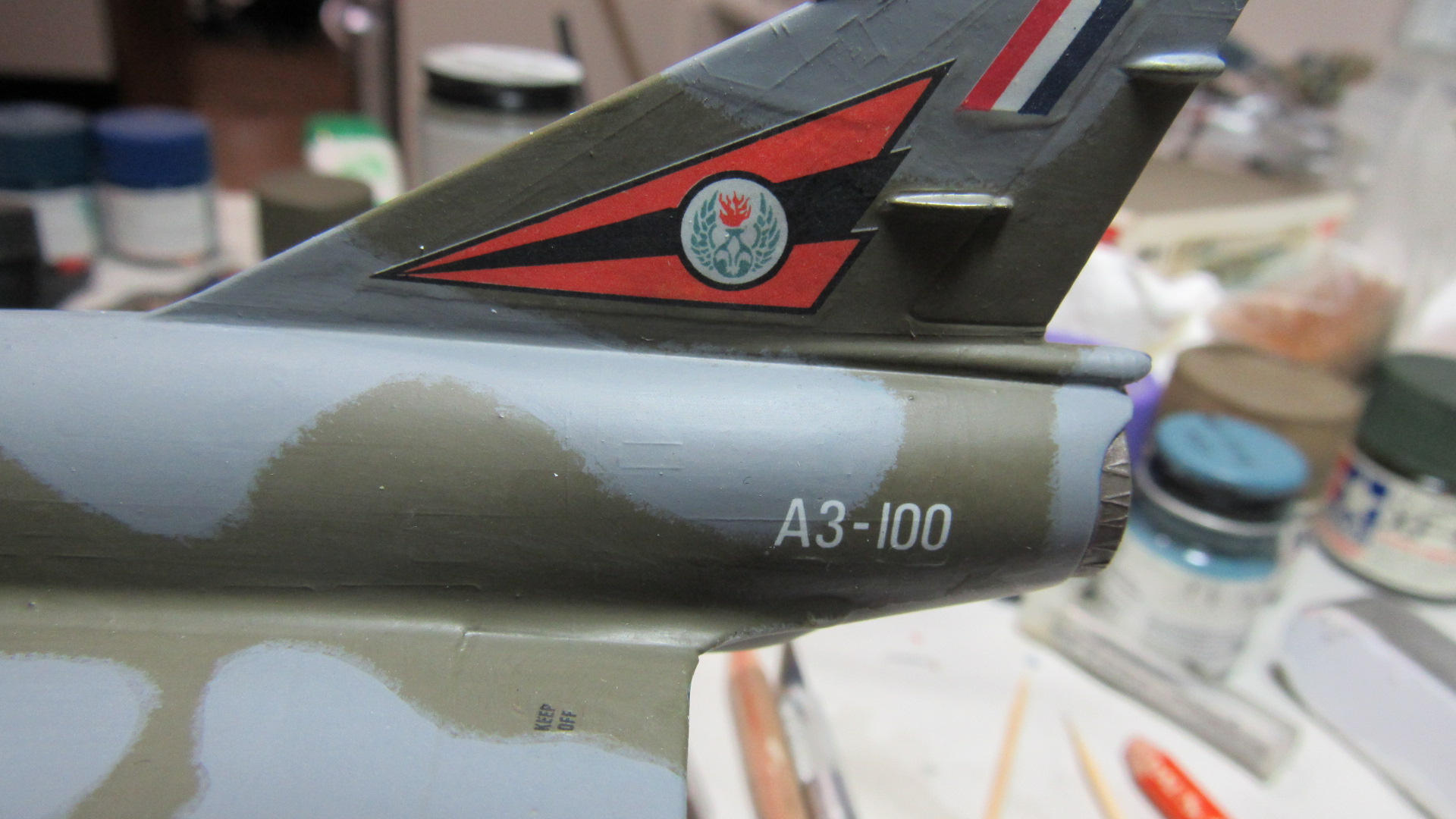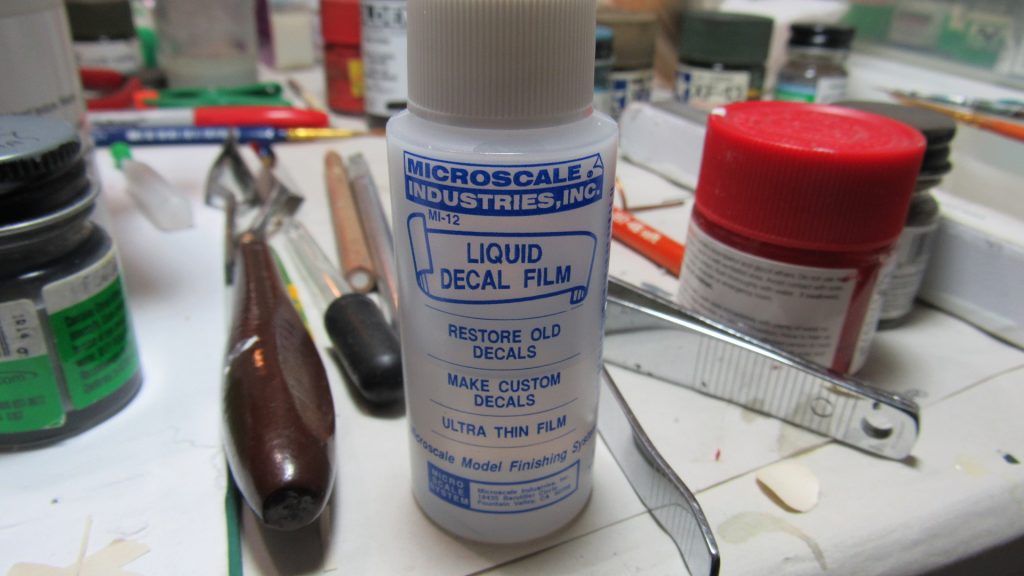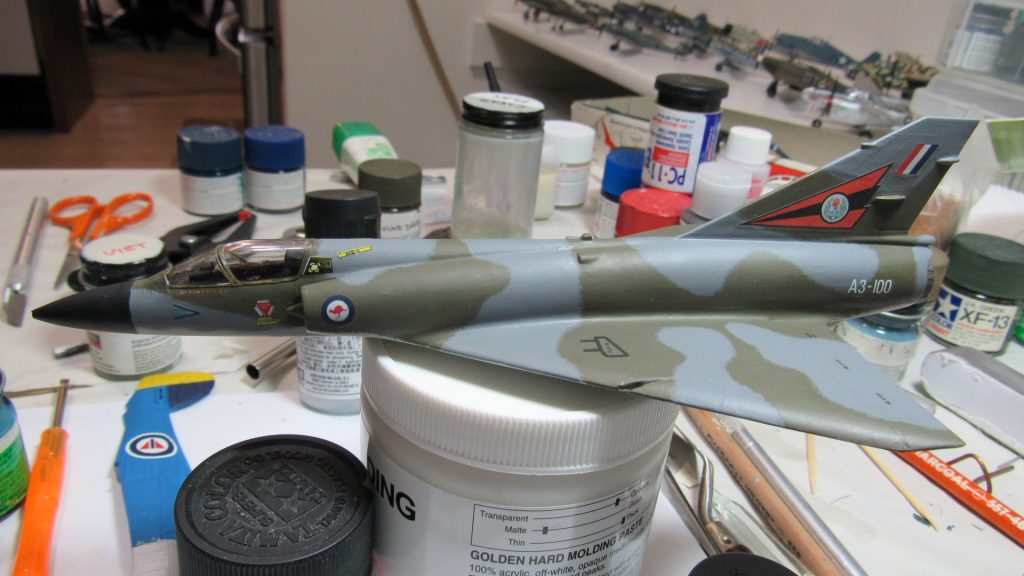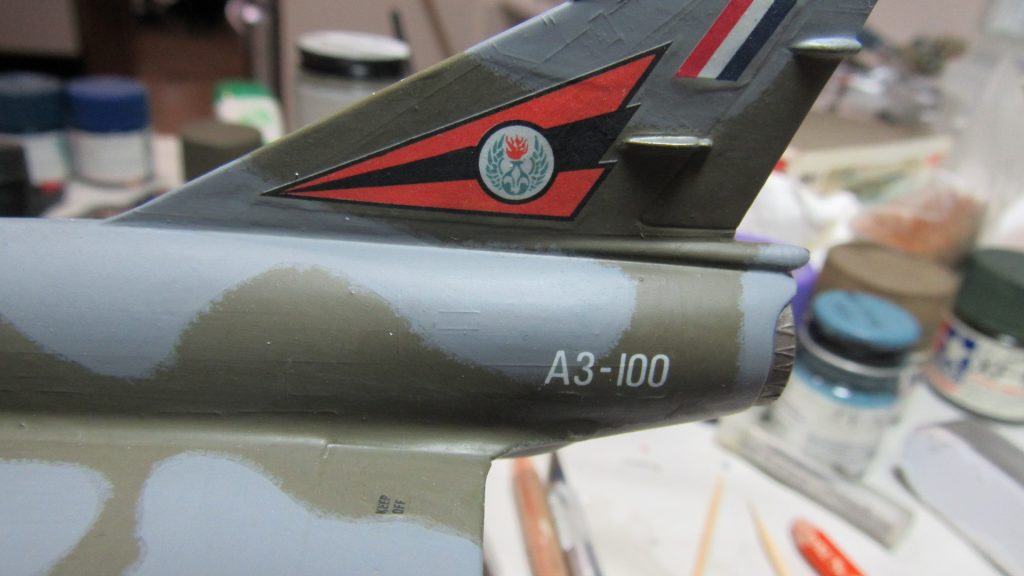
Decals
For years, I recommended Microscale Liquid Decal Film the way some people promote apple cider vinegar. I could not imagine that this product would ever do anything bad. All it did was good. It restored “old, fragile decals” to “like new condition” with a minimum of fuss.

But over time, I began to have my doubts about the universal goodness of this product. My doubts first arose when I took out my “parts brush” (a disposable brush is needed, you can’t wash this stuff out) and applied a nice coat to a new sheet of decals in a kit from that reputable company, Eastern Express. It’s not like I didn’t trust EE to do the right thing, but, c’mon, I was raised in the Cold War. Hell, I FOUGHT in the damn thing– in a cold fashion, of course. There was just no way I could trust the Russians to make good decals.
No problem. I just brushed on a coat of my old friend Microscale…
JAYSUS WHAT IS THAT SMELL?!?!
It smelled like a Russian chemical weapons plant had exploded in my basement. The decals began to curl up like something in a bad old sci-fi movie. The disaster meant that I had to use the decals from the Eduard kit (that’s what a stash is for, right?) to build the kit.
But I put this down to “weird Russian decals” and pressed on. Later, I used the Liquid Decal Film on a set of expensive decals I obtained for pennies on the dollar on eBay. Then I found out WHY I got such a bargain. The final clear coat had been misprinted, so the images didn’t line up with the clear coat.
No problem. I’ll just apply a coat of Liquid Decal….
DAMN!
The blue ink on the decals began to dissolve and smear, ruining some really cool markings. Dammit. Dammit dammit dammit.
But I couldn’t stop. I just kept on applying a coat of this stuff to just about all decal sheets–with more hesitancy and doubt, perhaps, but I had not really entertained the idea that maybe I should re-think this whole thing.
This is my most recent project. It’s a FROG kit of the Mirage IIIO from about fifty years ago. I used the kit decals.

I put a coat of Liquid Decal Film on there some years ago when I got the kit. Then, as I started to build it a few days ago, I slopped on another coat, just to “make sure” or something. More is better, right?
Then came application time. The decals fought like banshees or angry Australians. They curled up so badly that I almost abandoned the project.
Seriously.
I barely managed to get the decals in place. It took all of my twentieth-level decal-master skilz to make this work. I still ended up with the starboard roundel too low. Nothing I can do about it. The application method involved “gluing” the decals down with tacky Future.
Yes. Just as you have suspected. My Future is tacky.

I have learned one thing. The Liquid Decal Film should be used with caution. From now on, when I apply a coat to an old kit’s decal sheet and put it back in the stash, I’ll write “LDF” on the sheet with a Sharpie to let me know I have one coat on there and do not need another. I have a strong suspicion that multiple coats of this on certain decals leads to severe curling.
So that’s what this blog post is about. Don’t overdo the LDF. Test before you commit. Mark coated sheets to avoid re-coating.
Peace out.
Wowsers ! One of our unacknowledged issues is that there are so many products available now that the model industry has discovered that we baby boomers have tech OCD in general and are able to spend obscene $$$$ for kits, supplies and “upgrades”. I recently read a suggestion to use a little saliva in you decal water. Haven’t tried yet. I do know from my wife who is a museum curator that saliva on a Qtip is a really effective way to clean old models that have grime simply from sitting for years. Just make sure your mouth is clean, and rinse oral cavity as you go along.